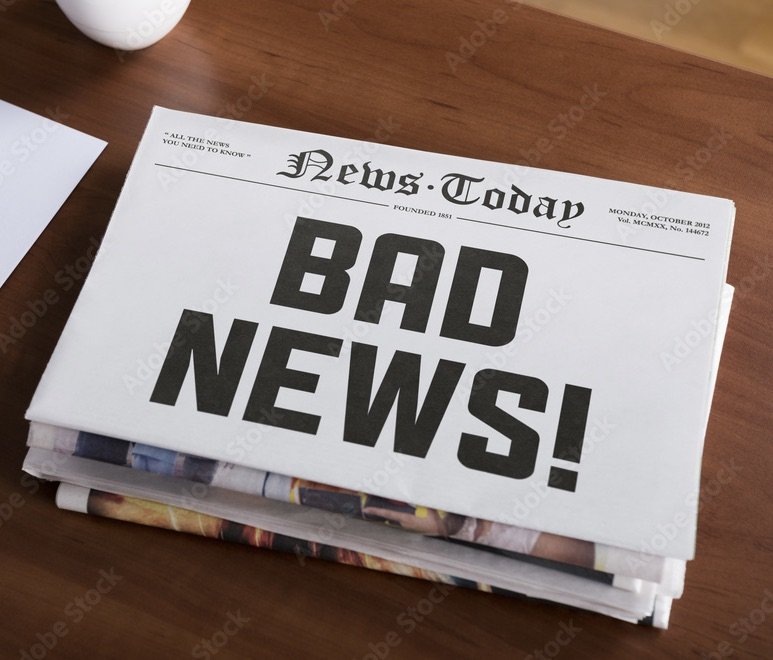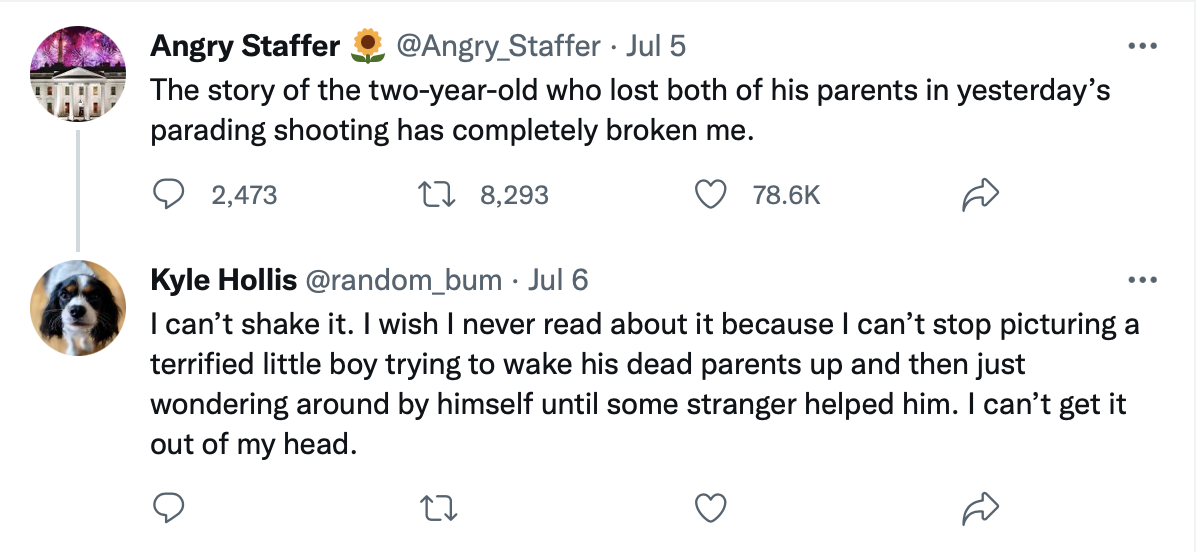Alabama Media Group gets into the digital subscription business
/Two weeks ago, USA Today announced that visitors to its website would have to pay a monthly fee to access the best of its content, becoming the last national daily newspaper to stop offering all of its work for free online.
This is a trend among daily newspapers of all sizes. One study from 2019 (latest I could find) reported that 76% of the U.S. dailies surveyed had a “paywall” of some kind on their websites. That number was 60% just two years prior.
In May 2020, when the Alabama Media Group was seeking voluntary payments to support its journalism, I offered the belief that AMG probably would put most of its digital content behind a paywall someday, as the majority of the websites of parent company Advance Local have done with at least some of their work since then. But that hasn’t happened with AMG (full disclosure: I used to work there). Full access to AL.com remains free.
What has happened is that, for the first time, AMG is selling some exclusive digital content.
The company this year launched “The Lede” in each of its major markets – Birmingham, Huntsville and Mobile. (“Lede” is a journalist’s weird spelling of the first paragraph of a story.)
The Lede is a daily digital product delivered by email or accessible by computer and mobile app. It contains news enterprise stories, recent breaking stories, features, sports stories, commentaries, obits, games and puzzles. Statewide topics appear in all three markets, but the top stories, usually emphasizing a local issue, are distinct.
“The Lede is a way for us to bring back a daily touchpoint for local coverage,” AMG Vice President of Content Kelly Scott wrote in an email. “…The Lede allows us to go deeper on topics that matter to residents in each community.”
On Monday, for instance, The Lede cover story for Mobile was about oil and gas lease money for the Gulf Coast. The Huntsville cover focused on the city’s transit system as a transportation alternative. Birmingham carried a cover story about age trends in Jefferson County.
From my reading of The Lede for Birmingham over a few weeks, the cover story and a few other items are exclusive to The Lede each day, meaning they aren’t available for free on AL.com. The majority of the content can be found on the site. But industry research indicates that many readers like the value of having news delivered directly to them in organized fashion instead of searching on sites that are ever-changing and often user unfriendly.
Cost of The Lede is $9.99 per month, a typical rate for such a product. It’s also included with the purchase of a Birmingham, Huntsville or Mobile print subscription.
News organizations are notorious for creating new products simply by demanding more work from existing personnel or by taking personnel from existing products. But AMG has invested in The Lede. It added a reporter dedicated to the new venture in each market. It also hired Kevin Scarbinsky as an exclusive, all-markets freelance sports columnist. (My former colleague is a high-value asset, in my opinion.)
While The Lede obviously carries some stories that otherwise would appear on AL.com, the website is essentially unaffected. AMG and other news media companies that still want digital advertising as one of their significant revenue sources know that requiring payment for content – whether by moving it to a new paid product or by putting up a site paywall – will decrease the web traffic that advertisers want.
There’s another issue here. Paywalls deprive people who can’t or don’t want to pay of vital civic information. It’s true that, except for a decade or so of free online journalism at the start of this century, news has always had a price. And the study I mentioned earlier says concern about paywalls and informed citizens is “overblown for now,” mainly because a slight majority of the 212 outlets it surveyed across seven countries remain free. But where paywalls exist, I think it’s a valid concern.
Scott is aware of this issue. She says local news that readers need for civic participation will remain on AL.com. “We believe it’s important from an equity standpoint and to make sure citizens have access to the reporting they need to be civically engaged where they live,” she said.
Charging for news helps to financially support the continuation of that news. It’s the increasingly necessary trend. But hallelujahs to any outlet that can give it to their community for free.
Publication frequency keeps dropping nationally
While we’re talking about AMG and Advance Local, I came across some interesting facts about the publication frequency of U.S. newspapers. Back in 2012, Advance changed The Birmingham News, The Huntsville Times and The Mobile Press-Register from daily publication to three days a week. (It also reduced frequency of other properties at other times, with the first being Ann Arbor, Michigan, in 2009.) The question then was whether this was a foresightful survival strategy that other companies would copy, or the short-sighted, greed-motivated actions of an outlier.
A decade later, 40 of the 100 largest circulation papers in the country deliver a print edition six or fewer times a week, according to a report released three weeks ago by Northwestern University professor Penny Abernathy. Of those 40, 11 publish a print edition one or two or times a week. The Tampa Bay Times, Salt Lake Tribune and the Arkansas Democrat Gazette are examples. Many smaller dailies have also reduced frequency. It’s a trend that began with the recession of 2008, the report says.
Every market has its own peculiarities, but these facts suggest to me that most other news companies to this point have maintained greater faith in the economics of print – or more tolerance for falling numbers – than Advance did. But for business trends, a decade is not long enough to draw conclusions. I anticipate a continuing loss of print days until some unpredictable point in time when newspapers are gone.



